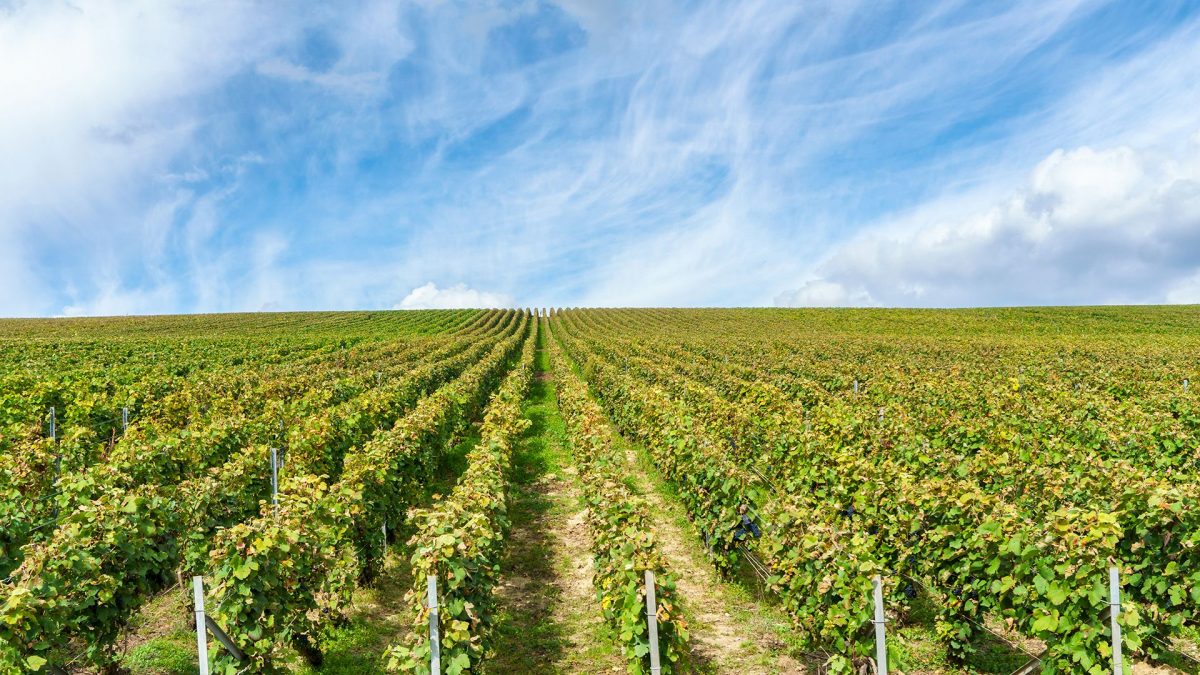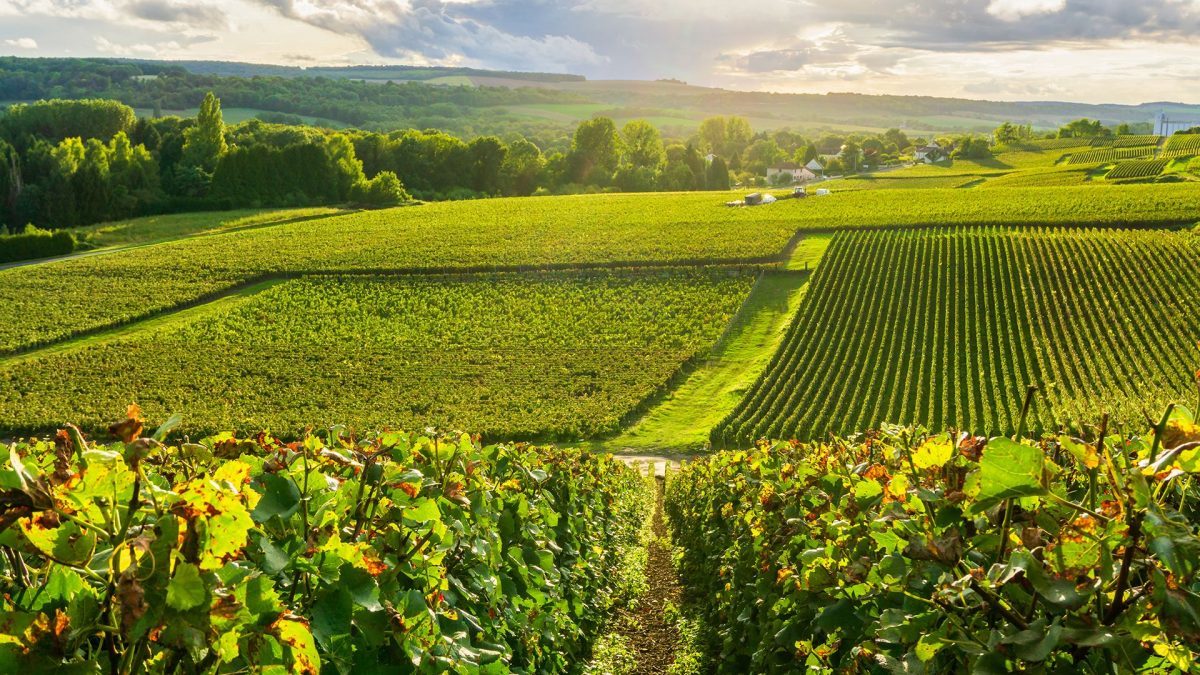If the climate and the land where cocoa is grown are presented as colors and brushes in creating chocolate as a masterpiece, then the cocoa varieties are the canvas on which it is painted. Each type of cocoa provides the basis with its unique aromatic profile. Today, there are three basic types of cocoa, three colors that make her majesty. Chocolate! All three varieties of cocoa come from Venezuela, the country from which cocoa reached Europe.
Cocoa No. 1 – Criollo
This type of cocoa is scarce, which is confirmed by the fact that it now accounts for only 5% of world production. Although rare, experts consider it the “best of the best.” It originates in Venezuela, and today it is found as such in Central America and South America, the Caribbean Islands, and Sri Lanka. The secret of its rarity actually lies in its high sensitivity to external conditions, especially disease. Unfortunately, the best Criollo trees have remained extremely small, and this justifies some of the theories that the genetic modifications of this species are most widely applied today. The most famous name, from the Criollo species, is Porcelain, named after the unusual white-transparent color of cocoa beans.
The Criollo species has a husk of vibrant color ranging from red and yellow to green to white. On the other hand, the beans are white to light pink in color and are made from the finest chocolates. It is recognizable for its complex taste of caramel, walnut, vanilla, and tobacco. This type of cocoa has high-quality cocoa beans that give very aromatic fruit and spicy notes. Criollo is used to get luxurious chocolates with refined aromas. What does not support her is the fact that day after day, over the other species, is getting smaller. This also affects its extremely high price. The lucky ones who have had the opportunity to taste the chocolates made from this cocoa say that it is a unique and enchanting moment of pleasure that is remembered long after the tasting.
Cocoa Number 2 – Forastero
Forastero is the most commonly grown type of cocoa. Today, 80% of the world’s production is made by this variety. Its origin is the Amazon region, but the most extensive plantations under this variety are found in Africa, Ecuador, and Brazil.
Unlike Criollo, Forastero has a smooth, round, red, yellow, orange, or purple-colored pods. The cocoa beans are dark purple and give them a chocolate full of flavor and typical earthy aromas.
Chocolates today primarily use the Forastero variety to create rich-flavored chocolates. It is often a case of mixing it with other types to make the final taste of chocolate more complex and exciting.
There are several different Forastero subspecies: Amelonado, Cundeamor, Calabacillo… Ecuadorian species National Forastero and Ariba Forastero are particularly exotic because of their pronounced fruity notes.
Cocoa No. 3 – Trinitario
Trinitario is a natural biological hybrid created in Trinidad by cross-pollination. According to a legend after the hurricane that devastated the Criollo Cocoa plantations in Trinidad in 1727, locals, thinking the trees were dead, planted new Forastero cocoa trees. After a while, a hybrid of Criollo and Forastero spontaneously emerged. Trinitario, as a hybrid, contains the best of its parents. Good inheritance from external influences with high yield on plantations was inherited from Foraster, while another parent gave him a high percentage of cocoa butter. The quality of this cocoa can vary between average and superior. What makes it unique is the refined taste of real cocoa.
Seeds are identified by a yellow-orange color while the appearance of the grain varies in shape and size. Cocoa beans are flat and purple when halved. Today, this hybrid has replaced all those plantations where Criollo once ruled. So it can be found in Mexico, Colombia, Venezuela, the Caribbean Islands, and parts of South Asia. One of the main places of original planting Trinitarian was Sri Lanka, where it became known for its good taste. This variety can also be found in Fiji, Madagascar, Samoa, Singapore, and Tanzania.
Chocolate shops around the world today are happy to procure the Trinitario variety to mix it with other types or make high-quality chocolates.
You can find more about the unbreakable relationship of cocoa and chocolate in our previous articles Sweet History of Chocolate – Part 1 and Sweet History of Chocolate – Part 2







